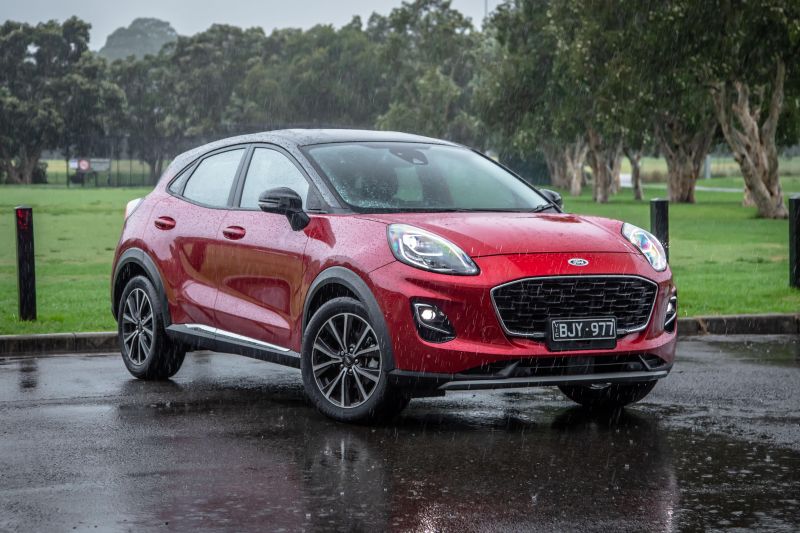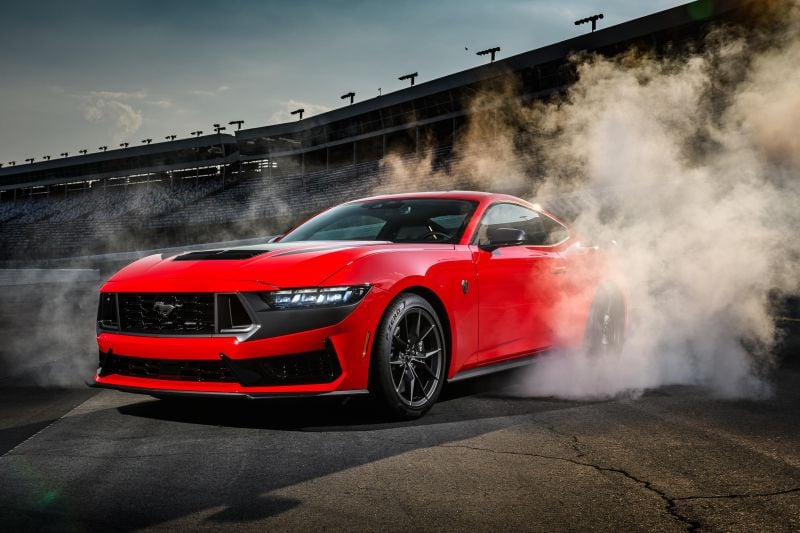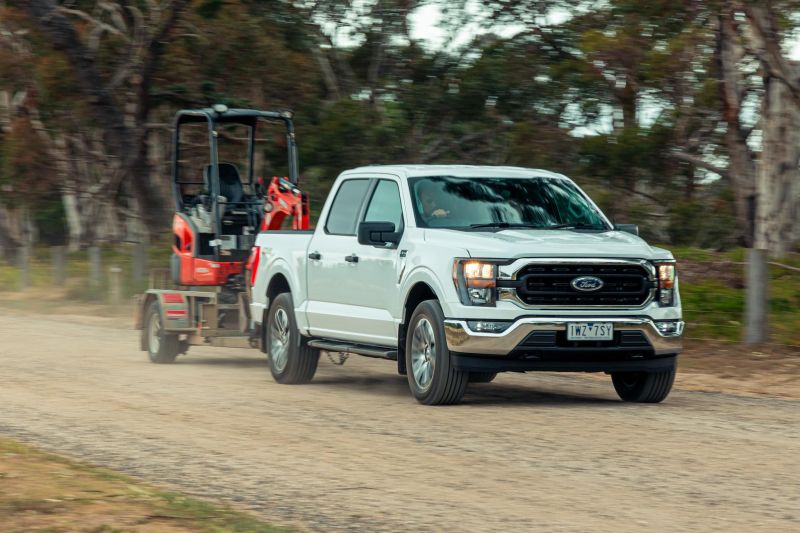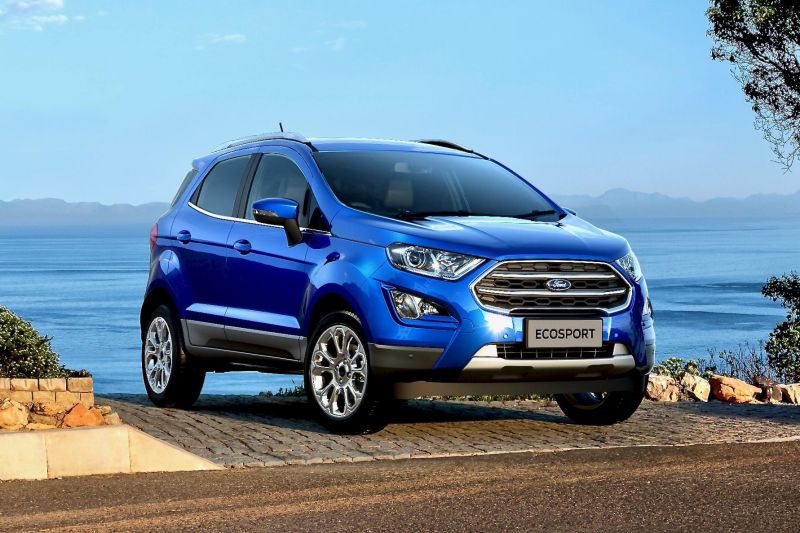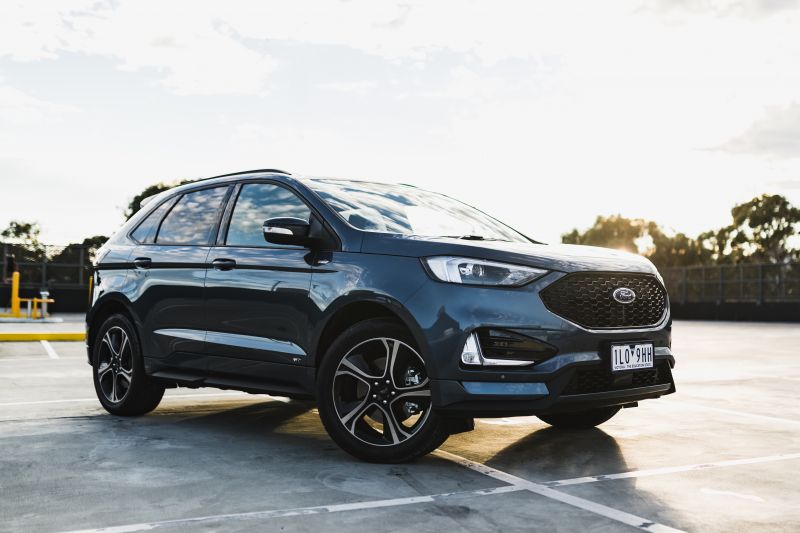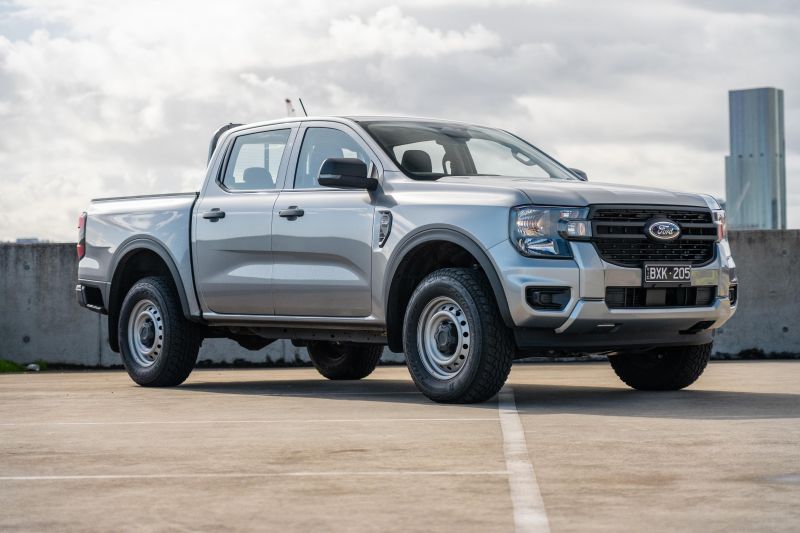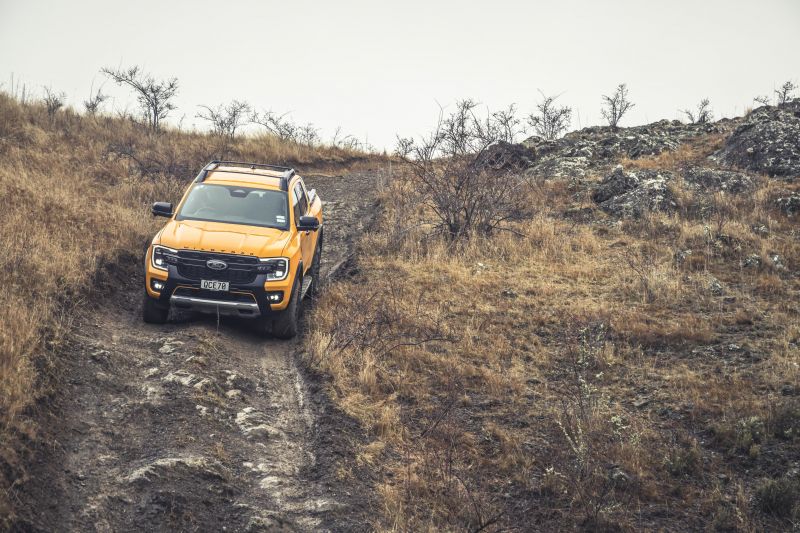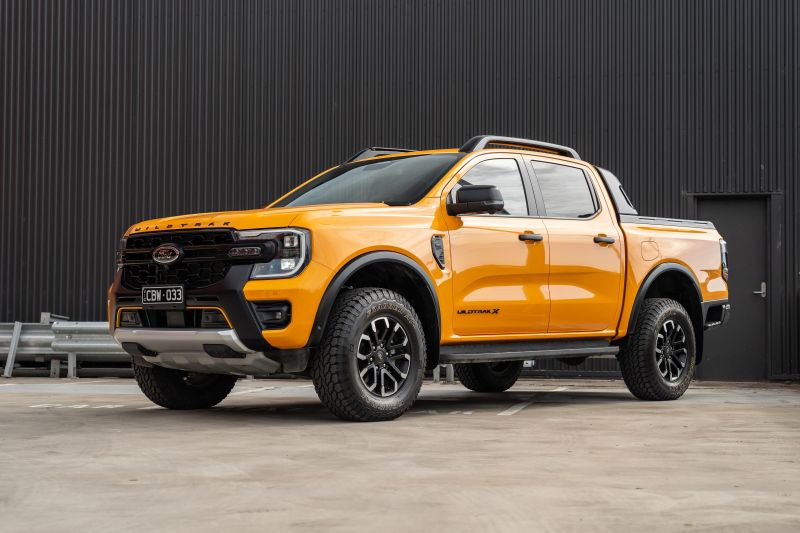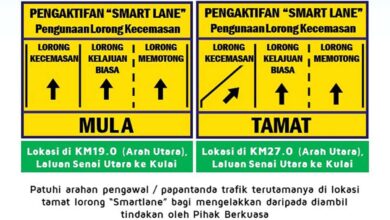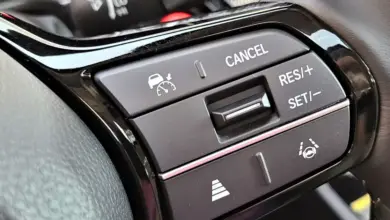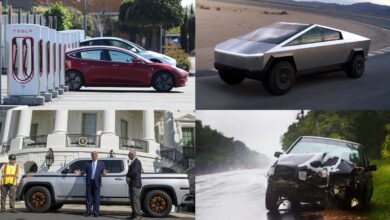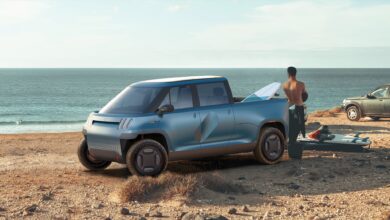The changing face of Ford Australia
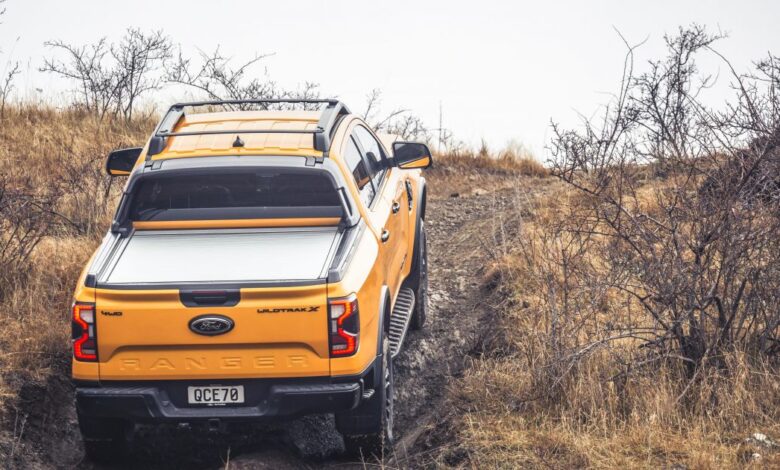
Earlier this week, we learned the Ford Puma is transitioning from an affordable-ish petrol SUV into an electric-only rival to the BYD Atto 3 and MG ZS EV.
It never set the sales charts on fire, the Puma.
But its death was a surprise nonetheless, because it was the final attempt from Ford Australia to play in a popular new car segment that could offer big sales volume in support of the the all-conquering Ranger ute.
The death of the petrol Puma is the latest step in the transformation of Ford Australia since the death of the Falcon – a transformation that will this year see the Blue Oval offer a range heavy on commercial vehicles and electric cars, and light on the petrol passenger cars and SUVs that once were its bread and butter.
Want a petrol car from Ford?
Very soon, your three options will be the Mustang muscle car, the powered-up Ranger Raptor, and the F-150 pickup truck.
The petrol Fiesta and Focus hatchbacks died in 2022, the Escape SUV was killed for Australia in 2023, and the petrol-powered Puma SUV will be axed in the middle of 2024.
In the Puma’s place will sit the electric Puma Gen-E; the updated petrol model won’t make it to local showrooms.
The strong-selling Ranger ute and Everest off-roader, along with the Transit, Transit Custom, and Tourneo vans, are offered only with diesel power, while the Mustang Mach-E, E-Transit, E-Transit Custom, and Puma Gen-E are electric cars.
The upcoming Mustang will be offered with a naturally aspirated V8 or turbocharged four-cylinder, both of which are petrol-powered, while the Ranger Raptor packs a twin-turbo 3.0-litre V6.
The new, remanufactured F-150 has a 3.5-litre twin-turbo V6.
The changing range at Ford Australia
It’s a far cry from even five years ago, and shows how significantly Ford has changed in Australia since the end of local manufacturing in 2016.
When the final locally made Ford rolled off the production line in 2016, two thirds of its models in Australia were offered with a petrol engine.
That year, it sold five SUV nameplates (EcoSport, Everest, Territory, plus the Kuga before it was replaced by the facelifted Escape) and five passenger car lines (Falcon, Fiesta, Focus, Mondeo, Mustang), along with a three-strong Transit range, and the Ranger ute.
At the end of 2019, just shy of half its cars had a petrol engine.
It sold four SUV nameplates (EcoSport, Endura, Escape, Everest) and three passenger cars (Focus, Fiesta ST, Mustang), alongside the same three-strong Transit van range and Ranger ute.
As it stood at the end of 2023, just a quarter of the range packed a petrol option.
With the death of the Escape, it sold three SUVs (Everest, Puma, Mustang Mach-E) and no passenger cars (the Mustang is coming back this year, however).
As before, the Transit and Ranger round out the lineup.
The Ranger Car Company?
Ford is sometimes criticised for being the Ranger Car Company.
It’s a nickname supported by the numbers. In 2023, the Ranger ute represented 72 per cent of all Ford sales in Australia. Throw in the related Everest, and that leaps to 89 per cent.
They’re such important cars for Ford Australia, it’s chartered a dedicated ship to ferry them from Thailand to Australia.
No other brand in the top 10 for 2023 had such a heavy reliance on a single model.
The D-Max represented a smaller slice of the two-model Isuzu Ute range, at just shy of 69 per cent, while the Model Y held a 62 per cent share of Tesla sales.
Toyota’s best-selling vehicle, the HiLux, represented less than 30 per cent of the brand’s sales.
Despite its shrinking lineup of SUVs and passenger cars, especially those in affordable or high-volume segments, Ford had a massive year in 2023 – its best since 2016.
| Sales | Ranger share of sales | |
|---|---|---|
| 2016 | 81,207 | 45.4 per cent |
| 2017 | 78,161 | 54.7 per cent |
| 2018 | 69,081 | 61 per cent |
| 2019 | 63,303 | 64.7 per cent |
| 2020 | 59,601 | 68.7 per cent |
| 2021 | 71,380 | 70.4 per cent |
| 2022 | 66,628 | 71.2 per cent |
| 2023 | 87,800 | 72.2 per cent |
It’s hard to see that reliance on the Ranger getting smaller, given the Escape (which competes in one of Australia’s most popular new car segments) is gone, and the Puma (which was the most affordable Ford) will be dead in petrol guise.
Rewinding by 20 years reveals a similar situation with the Falcon – in 2003, it accounted for 73.8 per cent of all Ford sales.
What are rivals doing?
Ford Australia’s range looks very different to that of its rivals. It leans far harder on its commercial vehicle range, and offers far fewer affordable passenger cars or SUVs.
Here’s how it compared to the top 10 brands in Australia during 2023.
| SUV | Passenger | Commercial | Total | |
|---|---|---|---|---|
| Toyota | 98,655 | 34,204 | 83,381 | 215,240 |
| Mazda | 66,041 | 16,441 | 17,526 | 100,008 |
| Ford | 19,485 | 1654 | 66,978 | 87,800 |
| Kia | 45,434 | 30,686 | N/A | 76,120 |
| Hyundai | 49,309 | 23,366 | 2508 | 75,183 |
| Mitsubishi | 46,842 | 1 | 16,668 | 63,511 |
| MG | 37,384 | 20,962 | N/A | 58,346 |
| Tesla | 28,769 | 17,347 | N/A | 46,116 |
| Subaru | 39,717 | 6397 | N/A | 46,114 |
| Isuzu Ute | 14,139 | N/A | 31,202 | 45,341 |
Is any of this a bad thing?
Not necessarily, no. Ford Australia has a world-beating product in the Ranger, and it can’t be blamed for cashing in.
As was the case in the Falcon’s day though, it’s still struggling to turn the incredible momentum of one model into sales across its entire range.
Based on the current state of the market in Australia, the petrol Puma and Escape were the two cars in the Ford range best placed to cash in on that momentum.
The new F-150 also has the potential to make waves, although Ford hasn’t actually confirmed how many it can convert to right-hand drive every year.
Will it, along with the Mustang Mach-E and Puma Gen-E, succeed where the Kuga, Escape, Puma, Focus, and Fiesta before it have failed? Only time will tell.
